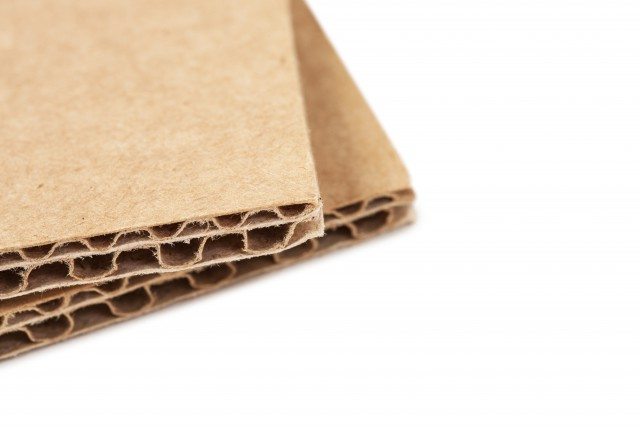CHEP Australia ran trials in using reusable plastic crates over cardboard cartons for the banana industry.
Early estimates show a 10-15% cost saving, while also reducing damage to bananas when crates compared with cartons.
In early 2015, more than 200 crates were used to pack bananas at a trial site in northern New South Wales, Australia, with wholesaler PW Chew managing transport, ripening and distribution.
Lady Finger and Cavendish bananas were used in the trial.
Fruit sizes ranged from 15 kg XL, 13 kg XL and 13 kg large.
PW Chew operations manager, Mark Bradshaw, says the ability to cross-stack crates and the greater crate integrity over cartons are huge bonuses for the banana industry.
“The greater stability that is available in cross-stacking has shown to be of great benefit to the integrity of the bananas,” says Bradshaw.
“By the time they were ripened for retail, the initial trials indicated that there was less rub marking, bruising due to movement and neck damage in comparison to the same fruit packed in cartons from the same district.”
“Cooling and ripening of the fruit was far more efficient too with the crates as you are not cooling the cardboard as well as the fruit.”
“As a result, airflow, temperature and humidity are more consistent around the ripening room, which means we save nearly a day in ripening.”
Pooled solutions provider, CHEP Australia, has been developing and trialing a reusable plastic crate in collaboration with the Australian banana industry over the past three years.
The current design features smooth walls and a waved base to minimize damage to bananas, improved ventilation and a footprint to suit Australian pallets with six crates per layer.
The CHEP pooling system also allows for crates to be returned for washing – to aHazard Analysis & Critical Control Points or HACCP level if required – giving a hygienic solution for the industry and less overall wastage in cardboard.
“The structural integrity of a plastic crate means that the weight bearing of a stacked pallet is through the crate, not a carton so it won’t compress,” says CHEP Australia business development manager Nick Jones.
“Compression damage to fruit from cartons is a major problem for the industry.”
“Very early on in the trial, it became evident that the use of a slitted liner would be beneficial,” he says.
“The combination of plastic crates and liner bags allow for gases to flow through the bag giving a more consistent ripening color.”
“From a ripening perspective we found the crates delivered consistent half-color ripening to levels between stage three and four, compared with cardboard. One retailer commented that if they could have consistent color at stage 3.5, then they will be able to increase their rate of sales.”
The next phase in the trials of the plastic crates will be to conduct studies in northern Queensland to assess the crate performance over longer distances to the major capital cities.










